Table of Contents
Introduction
Vaporizing herbs is one of the cleanest, most efficient ways to experience the therapeutic benefits of plants—without smoke, combustion, or compromise. Whether you're looking to relax, focus, breathe easier, or just enjoy the rich flavors of nature, vaporization offers a modern, mindful way to connect with plant medicine.
This guide walks you through everything you need to know about vaporizing herbs safely and effectively. From how it works to which herbs to choose, the best temperature settings, and how to pick the right device—we’ve got you covered.
Why Vaporize Herbs?
Vaporizing heats herbs to a temperature where active compounds become vapor—but without igniting the plant material. This allows you to inhale the full spectrum of therapeutic molecules like terpenes, flavonoids, and essential oils—without the toxins and irritation caused by burning.
Key benefits include:
- Faster onset than teas or tinctures
- Cleaner than smoking—no tar, no ash
- More flavor, more nuance, more control
- Ideal for daily ritual or targeted relief
It’s not just about getting results—it’s about how you experience the plant.
How Herbal Vaporization Works
When herbs are heated in a vaporizer, their volatile compounds—like essential oils, terpenes, and plant-based alkaloids—are released as an inhalable vapor. Unlike smoke, which contains combustion byproducts, vapor is a clean aerosol carrying active ingredients without burning the material.
Vaporization typically happens between 125°C and 210°C, depending on the herb. Below that, you won’t get much. Above that, you may burn your botanicals and lose the benefit.
It’s a process of precision + presence. You apply heat gently, inhale slowly, and let the plant do the rest.
Top Herbs to Vaporize and Their Effects
Here are some of the most popular herbs for vaporization—along with their effects and recommended temperatures:
| Herb | Effect | Temp Range (°C) |
|---|---|---|
| Lavender | Calming, anti-anxiety | 125–135°C |
| Chamomile | Mild sedation, sleep | 190–200°C |
| Lemon Balm | Mood lifting, anti-anxiety | 140–160°C |
| Blue Lotus | Euphoric, dreamlike calm | 180–200°C |
| CBD-rich hemp | Anxiety relief, balance | 160–180°C |
Each plant offers its own signature effects—so experiment gently, keep notes, and listen to your body.
Best Vaporizers for Herbal Use
To get the most from your herbs, choose a vaporizer that offers precise temperature control, a clean airpath, and gentle heating. Here are two ideal options:
Vapman
A Swiss-crafted analog vaporizer with a copper bowl and thermal click system. Heats in seconds and lets you feel every part of the process. Best for single herbs and ritual users. View the Vapman Collection
Lotus Vaporizer
A flame-powered convection device with beautiful airflow and full terpene preservation. Perfect for flavor lovers, low-temp sessions, and clean simplicity. Explore the Lotus Collection
Both devices offer full control, no batteries, and a timeless feel that pairs perfectly with herbal wellness.
Conclusion
Vaporizing herbs is a simple, clean, and effective way to connect with plants—one breath at a time. Whether you're managing stress, enhancing focus, or deepening sleep, vapor lets you tailor the experience with clarity and care.
Choose the right herb. Dial in the right temp. Inhale with intention. And let vapor be your path to natural relief and mindful ritual.
About the Author

Michael, Founder & CEO of INHALE Vaporizers
Driven by a passion for clean, mindful vaporization, Michael leads INHALE in crafting elegant and sustainable tools like the Vapman and Lotus. With a deep focus on function, ritual, and natural wellness, INHALE helps people reconnect with the power of plants—one breath at a time.
📩 support@nowinhale.com | Contact us



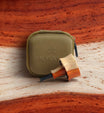

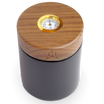
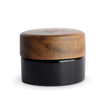


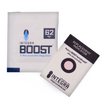


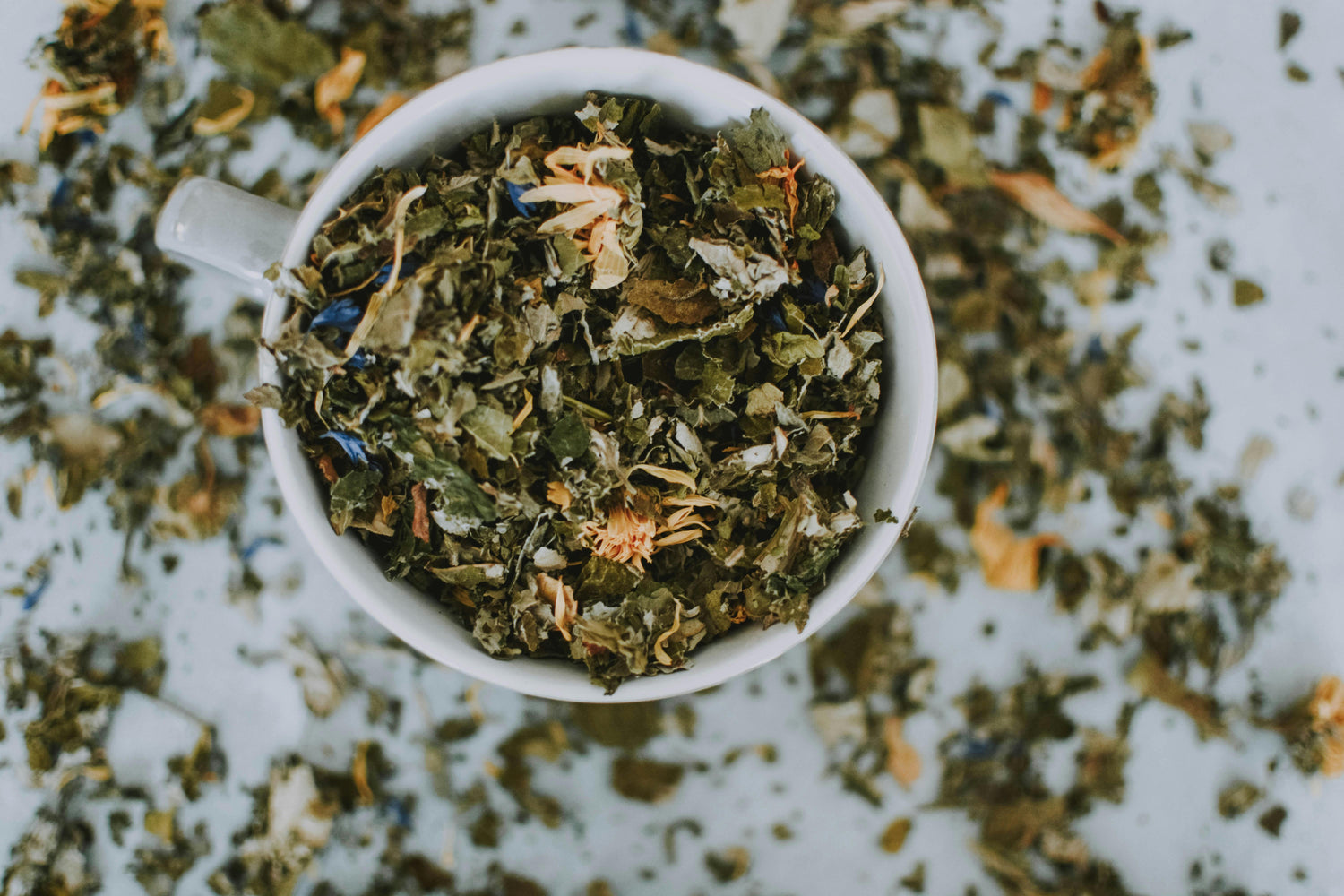
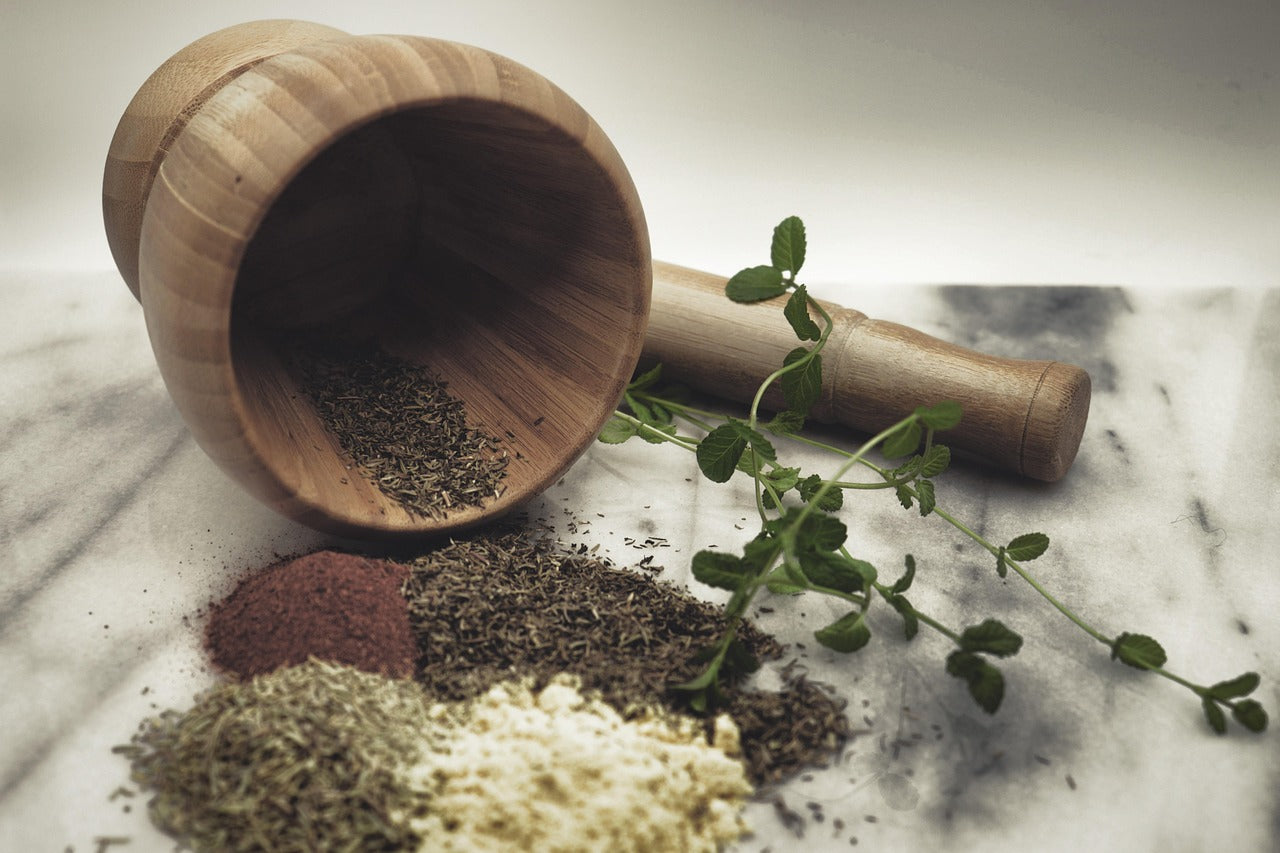
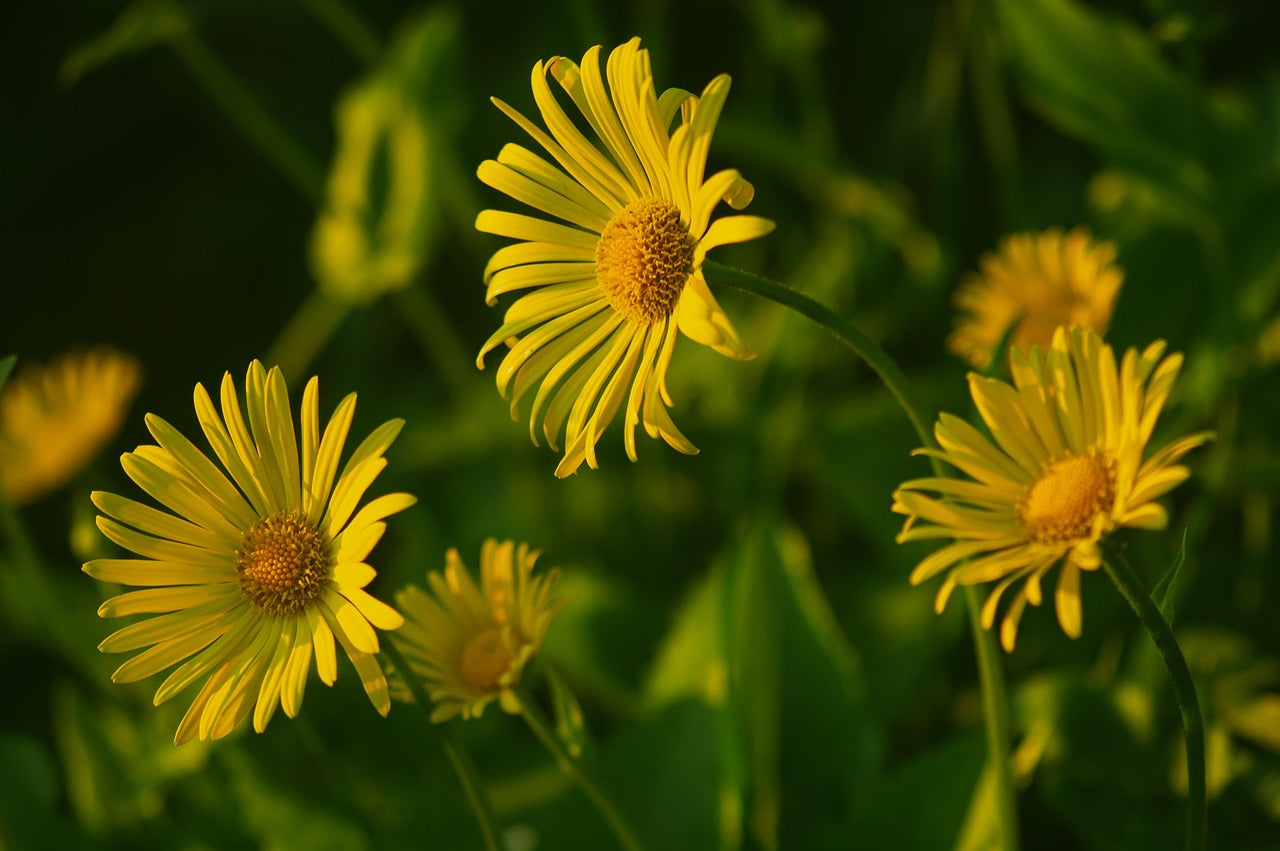


Leave a comment
All comments are moderated before being published.
This site is protected by hCaptcha and the hCaptcha Privacy Policy and Terms of Service apply.